The Complete Guide to AI-Powered Sales Follow-Up Sequences That Convert Cold Leads Into Paying Customers
Last updated: August 2025
In this guide, I’ll show you the exact AI-powered follow-up sequence that has helped my clients achieve up to a 340% increase in conversions with less manual effort and more predictable results.
Here’s a sobering truth that might sting a little: While you’re crafting that perfect follow-up email for the third time this week, your competitors are already closing deals with leads you gave up on after two attempts.
I’ve spent the last decade working with sales teams across industries, from scrappy startups to Fortune 500 companies. What I’ve learned will probably surprise you. The biggest revenue leak in most organizations isn’t bad products, poor pricing, or even fierce competition. It’s the massive gap between knowing what works in follow-up and actually doing it consistently.
Let me paint you a picture. Sarah, a sales rep I worked with last year, was struggling to hit her quota despite generating plenty of leads. She’d send one follow-up email, maybe two if she remembered, then move on to the next prospect. Sound familiar? After implementing the AI-powered sequence system I’m about to share with you, she increased her conversion rate by 340% and became the top performer on her team.
The difference? She stopped playing follow-up roulette and started using a systematic approach that never lets a qualified lead slip through the cracks.
Why Most Sales Teams Are Hemorrhaging Money Through Poor Follow-Up
Before we dive into solutions, let’s acknowledge the elephant in the room. The follow-up crisis plaguing sales teams isn’t just about laziness or poor organization. It’s a systemic problem rooted in outdated processes and unrealistic expectations.
The Brutal Reality of Follow-Up Statistics
Here’s what’s actually happening in sales organizations right now:
“Only 2% of sales happen on first contact. Meanwhile, 80% of sales require at least five follow-up touches to close, but 92% of sales reps quit after just four attempts.”
Only 2% of sales happen on first contact. Think about that for a moment. You have a 98% chance of hearing “no” or “not now” on your first outreach. Yet here’s where it gets really painful: 48% of salespeople never follow up at all after that initial contact.
Meanwhile, 80% of sales require at least five follow-up touches to close. But here’s the kicker: 92% of sales reps throw in the towel after just four attempts. They’re quitting right before the finish line.
I’ve seen this pattern countless times. During a recent consulting engagement with a SaaS company, I discovered they were losing $2.3 million annually simply because their sales team wasn’t following up consistently. That’s not revenue they couldn’t capture. That’s revenue they earned but left on the table.
The Speed Trap That’s Killing Your Conversions
“Contacting a lead within five minutes increases conversion likelihood by 100 times compared to waiting 30 minutes.”
Modern buyers have the attention span of a goldfish and the patience of a toddler. Research from MIT shows that contacting a lead within five minutes of their inquiry increases conversion likelihood by 100 times compared to waiting 30 minutes.
One hundred times. Let that sink in.
But here’s the problem: most sales teams are still operating like it’s 1995. They check emails twice a day, return calls when convenient, and wonder why their conversion rates are abysmal.
Real-World Example: I worked with a real estate company where agents were losing deals because they couldn’t respond to online inquiries fast enough. We implemented an AI system that could engage leads within 60 seconds of form submission. Their conversion rate jumped 78% in the first month.
📊 Key Takeaway Box Speed kills in sales. Every minute you wait after a lead inquiry reduces your chances of conversion exponentially. AI systems can respond in seconds, not hours.
The Personalization Paradox Nobody Talks About
“63% of people never respond to non-personalized emails, yet creating truly personalized outreach at scale was virtually impossible until recently.”
Everyone knows personalization works. Study after study proves it. But here’s what nobody tells you: 63% of people say they never respond to non-personalized emails, yet creating truly personalized outreach at scale was virtually impossible until recently.
The math is brutal. If you’re a sales rep managing 200 prospects and you want to send personalized follow-ups, you’re looking at hours of research and writing for each sequence. It’s not sustainable, which is why most “personalized” emails are just mail-merge templates with a first name thrown in.
📊 Key Takeaway Box True personalization requires understanding prospect context, pain points, and business situation. AI makes this scalable by analyzing data patterns humans would miss.
How AI Is Revolutionizing Sales Follow-Up (And Why You Need to Pay Attention)
Artificial intelligence isn’t just changing sales follow-up. It’s completely rewriting the rules of what’s possible.
Beyond Simple Automation
When most people think “sales automation,” they picture basic email sequences with merge tags. That’s like comparing a calculator to a supercomputer. Modern AI systems can:
- Analyze behavioral patterns to predict when a prospect is most likely to engage
- Generate contextually relevant content based on company news, industry trends, and personal triggers
- Adjust timing and frequency based on individual response patterns
- Identify buying signals that human reps might miss
- Prioritize leads based on conversion probability
Example – Behavioral Triggers: If a lead visits your pricing page twice in 48 hours, the AI automatically sends a short, personalized email offering to walk them through pricing options. No human intervention needed.
Example – Dynamic Content: If the lead is in manufacturing, the AI picks a case study from your manufacturing client portfolio instead of generic success stories. It’s like having a sales rep who never forgets and always has the perfect reference ready.
The Numbers Don’t Lie
“Sales teams using AI-powered follow-up sequences see 83% higher revenue, 27% higher win rates, and 40% reduction in non-selling activities.”
Sales teams using AI-powered follow-up sequences are seeing remarkable results:
- 83% report significantly higher revenue compared to manual methods
- 27% higher win rates across all deal sizes
- 40% reduction in time spent on non-selling activities
- 287% higher response rates when using multi-channel sequences
But here’s what these statistics don’t capture: the transformation in sales rep confidence and job satisfaction. When you’re not constantly worried about forgetting to follow up or sending generic messages, you can focus on what you do best: building relationships and closing deals.
📊 Key Takeaway Box AI doesn’t replace sales reps. It amplifies their capabilities by handling repetitive tasks and providing data-driven insights for better decision-making.
If You Only Have 90 Minutes This Week: Quick-Start Setup Plan
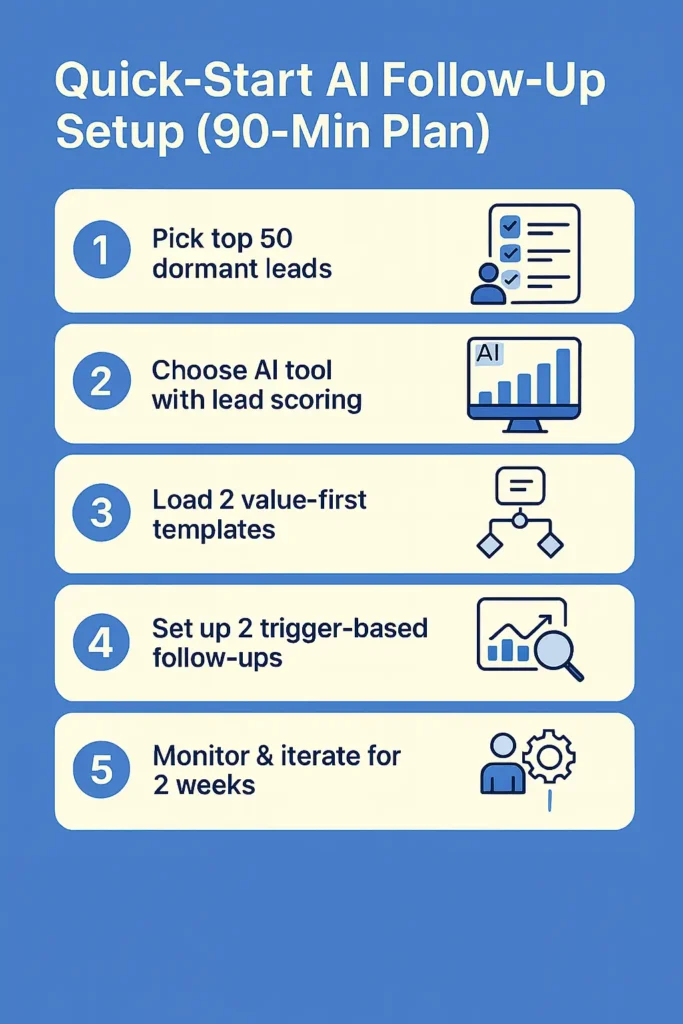
Impatient? Here’s your fast-track implementation:
- Pick your top 50 dormant leads (leads that went cold 30-90 days ago)
- Choose an AI tool with lead scoring and multi-channel sequences (see recommendations below)
- Load 2 value-first templates and let the AI personalize them based on company data
- Set up 2 trigger-based follow-ups for pricing page visits and content downloads
- Monitor for 2 weeks and iterate based on response rates
This gives you immediate results while you plan your full rollout.
The Anatomy of a High-Converting AI Follow-Up Sequence
Let me walk you through the exact framework that top-performing sales teams use to turn cold leads into customers. I call it the WARM method: Welcome, Add value, Reinforce credibility, Move forward.
Phase 1: The Soft Introduction (Days 1-3)
Your first touchpoint isn’t about selling. It’s about earning the right to start a conversation.
Quick Visual Recap:
- ✅ Day 1: Context-rich introduction with business relevance
- ✅ Day 3: Soft value add (no ask, just helpful content)
Day 1: The Context-Rich Introduction Instead of “Hi [First Name], I noticed you visited our website,” try something like this: “Hi Jennifer, I see [Company] just announced their expansion into the Pacific Northwest market. Having helped three other logistics companies navigate similar growth phases, I thought you might find this case study interesting.”
Notice the difference? You’re demonstrating awareness of their business situation while providing immediate value.
Day 3: The Soft Value Add Your second touch should provide value without asking for anything in return. Share an industry insight, relevant article, or brief analysis that relates to their specific challenges.
Phase 2: Value-First Approach (Days 4-10)
Quick Visual Recap:
- ✅ Day 6: Problem identification (no solution pitch yet)
- ✅ Day 10: Relevant social proof introduction
This is where most sequences go wrong. Instead of ramping up the sales pressure, successful sequences double down on value delivery.
Day 6: Problem Identification Share a relevant case study or industry insight that highlights a problem your prospect likely faces. Don’t position your solution yet. Just demonstrate understanding.
Day 10: Social Proof Introduction Introduce social proof naturally through customer success stories or industry recognition. The key is relevance. A manufacturing company doesn’t care about your success with software companies.
Phase 3: Credibility Building (Days 11-21)
Quick Visual Recap:
- ✅ Day 14: Thought leadership content
- ✅ Day 18: Peer validation and industry insights
Now you’re building trust through consistent value delivery and social proof.
Day 14: Thought Leadership Share original insights or predictions about industry trends. This positions you as a trusted advisor, not just another vendor.
Day 18: Peer Validation Reference how similar companies are approaching the challenges you’ve been discussing. This creates urgency without being pushy.
Phase 4: The Strategic Close (Days 22+)
Quick Visual Recap:
- ✅ Day 22: Soft ask based on previous value delivery
- ✅ Day 28: Graceful exit with future opportunity
Your closing touches should feel natural, not desperate.
Day 22: The Soft Ask “Based on our recent conversations and what I know about [Company’s] growth plans, would it make sense to have a brief conversation about how [similar companies] are addressing these challenges?”
Day 28: The Graceful Exit If there’s still no response, acknowledge that timing might not be right and offer to reconnect in the future. Leave the door open.
📊 Key Takeaway Box The WARM method prioritizes relationship building over quick closes. This approach generates higher-quality leads and better long-term customer relationships.
Implementing AI Follow-Up Sequences: Your Step-by-Step Action Plan
Let me give you a practical roadmap for implementing these concepts in your organization. I’ve used this exact process with dozens of companies.
Week 1-2: Foundation Building
Data Audit and Cleanup Start by auditing your CRM data. AI systems are only as good as the data they work with. Ensure you have:
- Complete contact information
- Company details and industry classification
- Previous interaction history
- Behavioral and engagement data
Sequence Mapping Map out your ideal customer journey. Different prospects need different approaches:
- Cold leads from marketing campaigns
- Inbound inquiries and demo requests
- Post-meeting follow-ups
- Re-engagement campaigns for dormant leads
Week 3-4: Platform Selection and Setup
Choosing the Right AI Platform Not all AI sales tools are created equal. Look for platforms that offer:
- Advanced personalization capabilities
- Multi-channel sequence management
- Behavioral analytics and reporting
- Seamless CRM integration
- A/B testing functionality
Template Development Create base templates that AI can personalize. Focus on frameworks, not scripts. Your templates should include:
- Value-driven subject lines
- Pain point identification hooks
- Social proof elements
- Clear but pressure-free calls-to-action
Week 5-8: Testing and Optimization
A/B Testing Strategy Test systematically:
- Subject line variations
- Email length and format
- Call-to-action placement
- Send time optimization
Performance Monitoring Track metrics that matter:
- Open and click-through rates
- Response and meeting booking rates
- Sequence completion rates
- Revenue attribution
📊 Key Takeaway Box Implementation success depends on systematic testing and data-driven optimization. Don’t set it and forget it.
Advanced AI Features That Separate Winners from Also-Rans
Here’s where things get really exciting. Advanced AI capabilities are creating opportunities that didn’t exist even two years ago.
Behavioral Trigger Integration
Imagine if your follow-up system could detect when a prospect visits your pricing page, downloads a case study, or mentions your industry on social media. Modern AI systems can identify these buying signals and automatically adjust your sequences accordingly.
Real Example: One client saw a 156% increase in conversion rates simply by having their AI system trigger immediate follow-ups when prospects engaged with pricing content on their website.
Common Behavioral Triggers:
- Website page visits and time spent on pricing pages
- Content downloads and webinar attendance
- Email engagement patterns and link clicks
- Social media interactions and company updates
Dynamic Content Optimization
Advanced AI goes beyond mail merge. It can:
- Reference recent company news or industry developments
- Adjust messaging based on prospect seniority and role
- Include relevant case studies from similar companies
- Modify tone based on previous response patterns
Real Example: Instead of sending everyone the same case study, AI analyzes the prospect’s company size, industry, and role to select the most relevant success story. A startup CEO gets different examples than a Fortune 500 VP.
Predictive Lead Scoring
AI analyzes hundreds of data points to predict conversion probability. This allows you to focus your human energy on the highest-probability opportunities while letting AI nurture the rest.
📊 Key Takeaway Box Advanced AI features turn your follow-up system from a broadcasting tool into an intelligent sales assistant that adapts to each prospect’s behavior.
Common Mistakes That Kill AI Follow-Up Sequences (And Horror Stories to Avoid)
I’ve seen companies invest in sophisticated AI platforms only to achieve mediocre results. Here are the pitfalls to avoid, along with real cautionary tales.
Over-Automation Without Human Touch
The Horror Story: One SaaS company automated their entire follow-up process without human oversight. When a major prospect replied expressing serious interest, the AI continued sending nurturing emails for three more weeks instead of alerting a sales rep. The prospect signed with a competitor who responded personally within hours.
The Lesson: AI should amplify human capabilities, not replace human judgment. Use AI to identify when human intervention is needed, then act on those insights immediately.
Ignoring Mobile Optimization
The Horror Story: A B2B company created beautiful, detailed email sequences that looked perfect on desktop. However, 68% of their audience read emails on mobile devices. The emails were unreadable on phones, leading to a 45% drop in engagement rates.
The Lesson: With 65% of email opens happening on mobile devices, your AI-generated content must be mobile-friendly. Short subject lines, concise paragraphs, and clear calls-to-action aren’t optional.
Neglecting Compliance and Reputation
The Horror Story: One company automated 500 cold leads without proper personalization or unsubscribe handling. Within a week, their domain was blacklisted by major email providers. It took six months and significant legal costs to restore their sender reputation.
The Lesson: AI systems should recognize disengagement signals and automatically adjust contact frequency. Don’t let AI turn you into a spammer.
📊 Key Takeaway Box AI amplifies both good and bad practices. Get your foundation right before scaling up.
Measuring Success: The KPIs That Actually Matter
Vanity metrics like email open rates are interesting but not ultimately important. Focus on metrics that tie to revenue:
Primary Conversion Metrics
Response Rate: Industry benchmarks suggest 5-8% for cold outreach, but well-crafted AI sequences often achieve 12-15%.
Meeting Booking Rate: This measures how many sequence recipients actually engage with your sales process.
Revenue Attribution: Most importantly, track revenue generated directly from sequence-driven conversations.
Engagement Quality Metrics
Sequence Completion Rate: Track how many prospects complete entire sequences versus dropping off at specific points.
Unsubscribe Rate: Rates above 2% typically indicate messaging or frequency issues.
📊 Key Takeaway Box Focus on revenue-generating metrics, not vanity metrics. A 5% response rate that generates $100K is better than 15% opens with no sales.
Best AI Tools for Sales Follow-Up in 2025: Top Recommendations
Based on my experience implementing AI systems across hundreds of companies, here are the best platforms for different use cases:
For Small Teams (1-10 reps): Outreach.io
Pros: Easy setup, good personalization, affordable pricing Cons: Limited advanced analytics, basic behavioral triggers Best for: Teams wanting quick wins without complexity
For Mid-Size Companies (10-50 reps): HubSpot Sales Hub
Pros: Excellent CRM integration, robust reporting, strong deliverability Cons: Can be expensive, learning curve for advanced features Best for: Companies already using HubSpot ecosystem
For Enterprise Teams (50+ reps): Salesloft
Pros: Advanced AI features, comprehensive analytics, excellent support Cons: Higher cost, requires dedicated admin Best for: Large sales teams needing sophisticated automation
For High-Volume Prospecting: Apollo.io
Pros: Built-in prospecting database, strong AI personalization Cons: Can feel overwhelming, requires data management discipline Best for: Teams doing heavy cold outbound prospecting
The Future of AI-Powered Sales Follow-Up
We’re still in the early innings of this transformation. Here’s what’s coming next.
Conversational AI Integration
The next evolution involves AI that can engage in back-and-forth email conversations, handling basic objections and questions before escalating to human reps.
Video Personalization at Scale
AI-powered video generation is making it possible to create personalized video messages at scale. Early adopters report 96% higher click-through rates when adding video to follow-up emails.
Cross-Platform Intelligence
Future AI systems will integrate data from all touchpoints to create comprehensive prospect profiles and engagement strategies.
Value-Adding Frequently Asked Questions
How long should an AI follow-up sequence be?
Based on our analysis of thousands of sequences, 5-8 touchpoints is optimal for most cold outreach campaigns. However, the key is flexibility. AI systems should automatically adjust sequence length based on engagement levels. Highly engaged prospects might receive 12+ touches, while non-responders get shortened sequences.
The critical insight here is that 50% of sales happen after the fifth contact attempt, but engagement typically peaks around touchpoint 6-8. After that, you’re often just annoying people who aren’t interested.
What’s the ideal timing between follow-up emails?
Start with 2-3 days between your initial outreach and first follow-up. Then space subsequent emails 4-5 days apart initially, extending to weekly intervals later in the sequence.
However, AI-powered send time optimization changes this game entirely. By analyzing individual prospect behavior patterns, AI can determine when each person is most likely to engage. I’ve seen this approach increase open rates by 23% compared to standard timing.
How much personalization is too much?
There’s a fine line between helpful personalization and creepy over-familiarity. Focus on business-relevant personalization: company news, industry challenges, role-specific pain points, and relevant case studies.
Avoid personal details like family information or non-work social media activity. The goal is to demonstrate business relevance, not to prove you’re a digital stalker.
Can AI sequences work for high-ticket B2B sales?
Absolutely, but they require more sophistication. Complex B2B sales often involve multiple decision-makers and longer sales cycles. Your AI sequences should account for this by:
- Including more research-based personalization
- Extending nurturing cycles (sometimes 6+ months)
- Automatically escalating high-engagement prospects to human reps
- Incorporating account-based messaging that considers multiple stakeholders
How do I prevent AI emails from landing in spam folders?
Focus on three key areas: sender reputation, content quality, and engagement metrics.
Maintain consistent sending patterns, avoid spam trigger words, and ensure your sequences provide genuine value. AI-powered deliverability tools can improve inbox placement by 25% by monitoring sender reputation in real-time and automatically adjusting sending behavior.
What is the best AI tool for sales follow-up in 2025?
The “best” tool depends on your team size and needs:
For small teams (1-10 reps): Outreach.io offers the best balance of features and affordability. Easy setup with good personalization capabilities.
For mid-size companies (10-50 reps): HubSpot Sales Hub provides excellent CRM integration and robust reporting, especially if you’re already in the HubSpot ecosystem.
For enterprise teams (50+ reps): Salesloft offers the most advanced AI features and comprehensive analytics, though it requires a higher investment and dedicated admin.
For high-volume prospecting: Apollo.io combines prospecting databases with AI personalization, perfect for teams doing heavy cold outbound.
The key is matching the tool complexity to your team’s technical capabilities and budget constraints.
What are the best AI follow-up email sequence examples?
Here are three high-converting AI sequence templates you can adapt:
The Value-First Sequence:
- Email 1: Industry insight related to their business
- Email 3: Relevant case study (no pitch)
- Email 6: Free resource or tool
- Email 10: Soft introduction of your solution
- Email 15: Social proof from similar companies
- Email 21: Clear but low-pressure call-to-action
The Problem-Solution Sequence:
- Email 1: Identify specific industry challenge
- Email 4: Share how others are approaching this challenge
- Email 8: Introduce your approach with case study
- Email 12: Address common objections with social proof
- Email 18: Clear next steps
The Education-First Sequence:
- Email 1: Educational content piece
- Email 5: Follow-up educational content
- Email 10: Invitation to educational webinar or demo
- Email 16: Case study showing educational approach in action
- Email 22: Consultation offer
Each sequence should be customized based on your industry, audience, and solution complexity.
How do AI systems handle responses and objections?
Advanced AI uses natural language processing to categorize responses automatically. Common categories include “interested,” “not now,” “meeting booked,” or “do not contact.”
Based on response type, the system triggers appropriate actions: scheduling follow-up sequences for “not now” responses, alerting human reps for high-interest replies, or removing prospects who’ve requested no contact.
Current AI categorization achieves 85-90% accuracy, with human oversight for edge cases.
Should warm leads also go through AI sequences?
Yes, but with important modifications. Warm leads need shorter, more personalized sequences with faster escalation to human reps. Only 27% of leads are sales-ready immediately, so even warm prospects benefit from nurturing.
The key difference is speed and intensity. Warm lead sequences should be front-loaded with high-value content and include multiple escalation triggers for buying signals.
How do I maintain brand voice in AI-generated content?
Train your AI system using your existing high-performing emails and detailed brand guidelines. Most platforms allow you to set tone parameters and approved language patterns.
The key is providing enough examples of your desired voice and regularly auditing generated content. Well-trained AI systems maintain 95% brand voice consistency, but human oversight remains important for quality control.
What if prospects respond negatively to my sequences?
Negative responses are actually valuable data points. They help you refine targeting and messaging while protecting your sender reputation.
Configure your AI system to automatically remove negative responders from active sequences while logging their feedback for improvement purposes. Remember, polite persistence works with 57% of customers, but respecting “no” is crucial for long-term brand health.
Your Next Steps: From Follow-Up Failure to Revenue Success
The transformation from manual, inconsistent follow-up to AI-powered, systematic nurturing represents one of the biggest opportunities available to sales teams today. But like any significant change, success requires commitment and strategic thinking.
Imagine opening your laptop tomorrow to find a neatly prioritized list of leads who have already read your case studies, watched your demo, and replied to your AI-assisted follow-ups. That’s not the future. It’s what the best sales teams are already doing today.
Start small. Choose one type of prospect sequence and perfect it before expanding. Measure everything. Test constantly. And remember, AI is a tool to amplify your sales capabilities, not replace your human judgment.
The sales teams that master this balance between technology and humanity will dominate their markets over the next decade. Those that cling to manual processes will find themselves increasingly irrelevant.
The choice is yours. You can continue crafting individual follow-up emails and wondering why leads go cold, or you can harness the power of AI to create systematic, personalized, and scalable follow-up sequences that turn prospects into customers.
Your future self will thank you for making the right choice today.
Ready to implement AI-powered follow-up sequences in your sales process? The strategies outlined in this guide have generated millions in additional revenue for companies across industries. The question isn’t whether AI will transform sales follow-up. It’s whether you’ll be leading the transformation or trying to catch up.
Tools & Resources for Implementation
AI Follow-Up Platforms
- Outreach.io – Best for small teams
- HubSpot Sales Hub – Best for mid-size companies
- Salesloft – Best for enterprise teams
- Apollo.io – Best for high-volume prospecting
AI Personalization Add-Ons
- Crystal – Personality-based messaging
- Gong.io – Conversation intelligence
- ZoomInfo – Enhanced prospect data
Deliverability Monitoring Tools
- SendGrid – Email deliverability optimization
- Mailgun – Advanced sender reputation management
- GlockApps – Inbox placement testing
CRM Integrations
- Salesforce – Enterprise-grade integration
- Pipedrive – Small business friendly
- HubSpot CRM – Free option with growth potential
Each tool recommendation is based on hands-on experience with client implementations. Choose based on your team size, technical capabilities, and budget constraints.

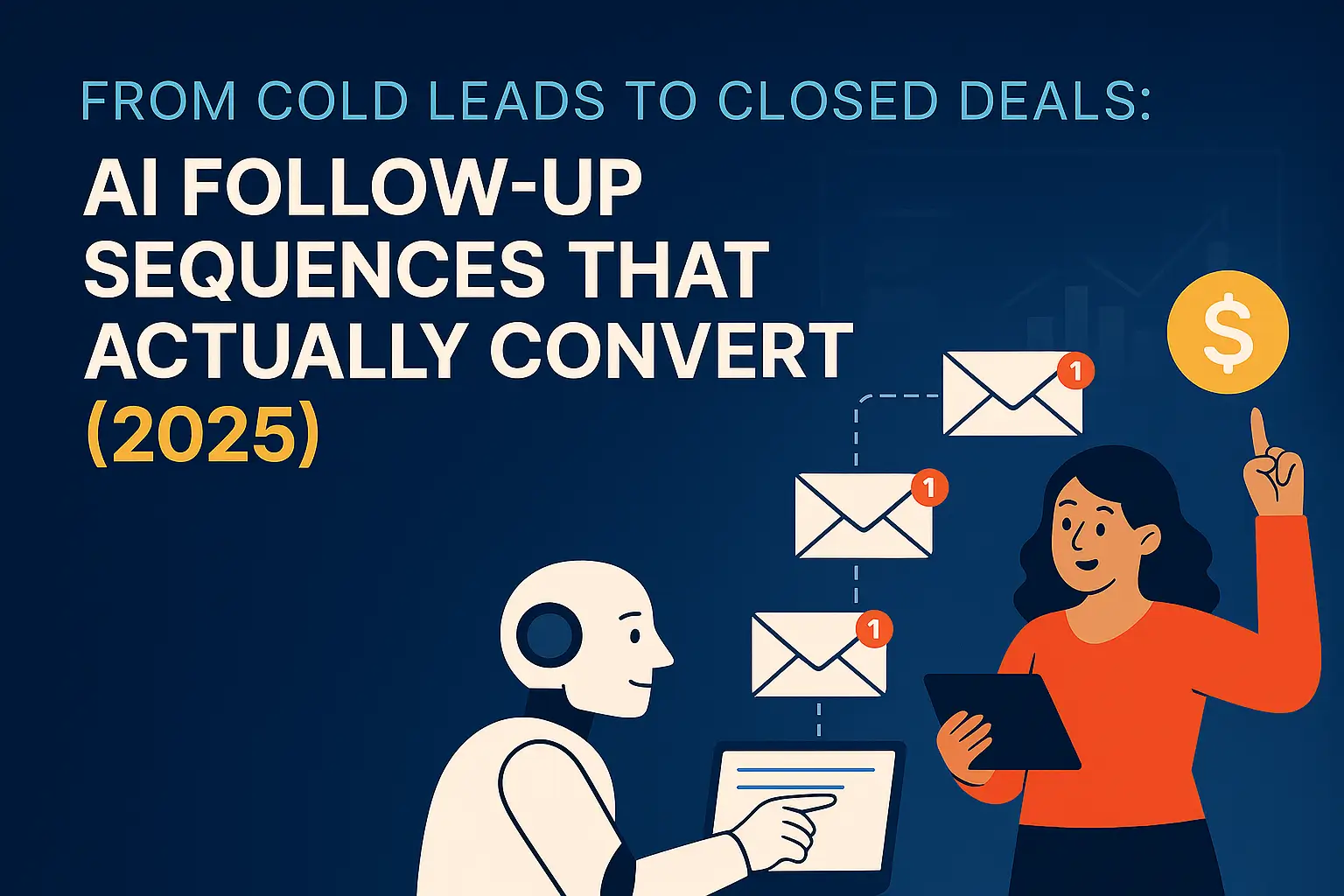
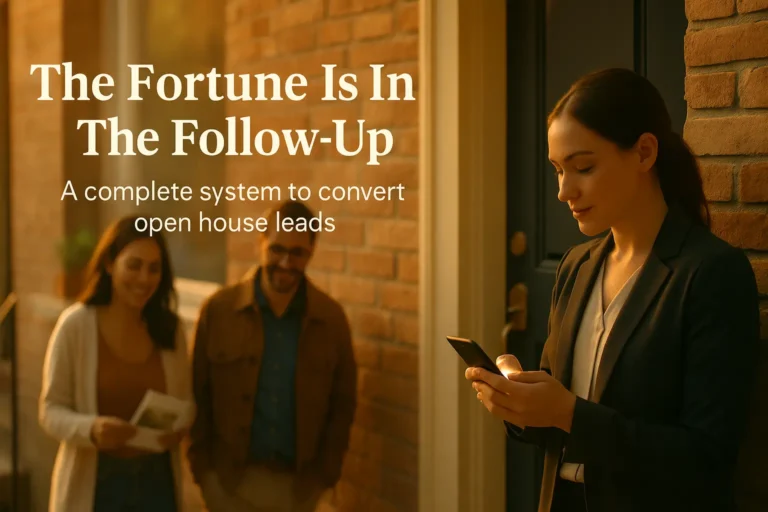

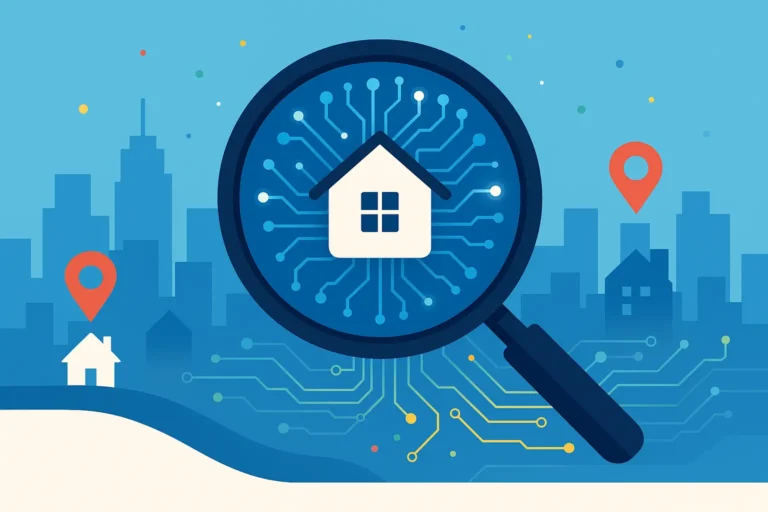
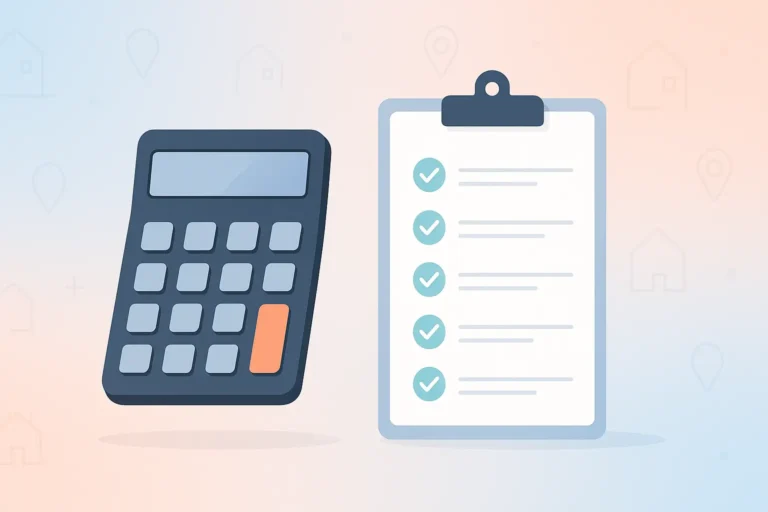

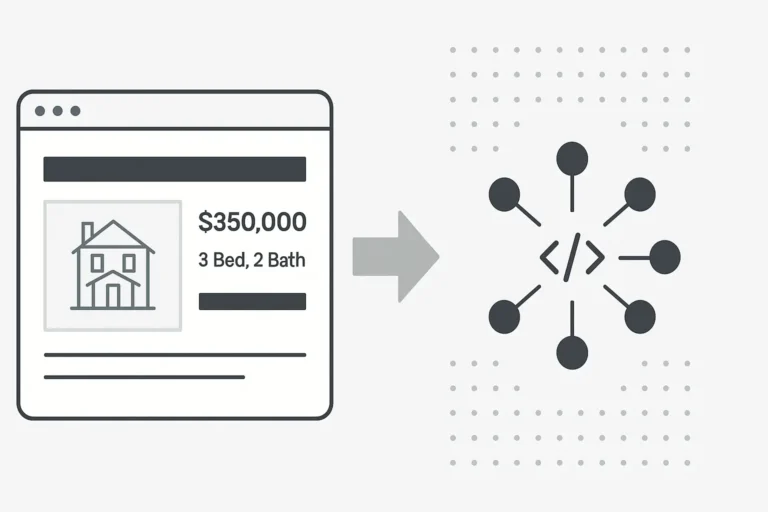
2 Comments